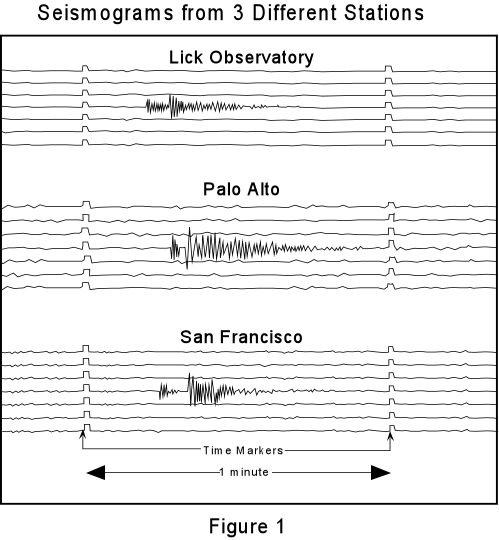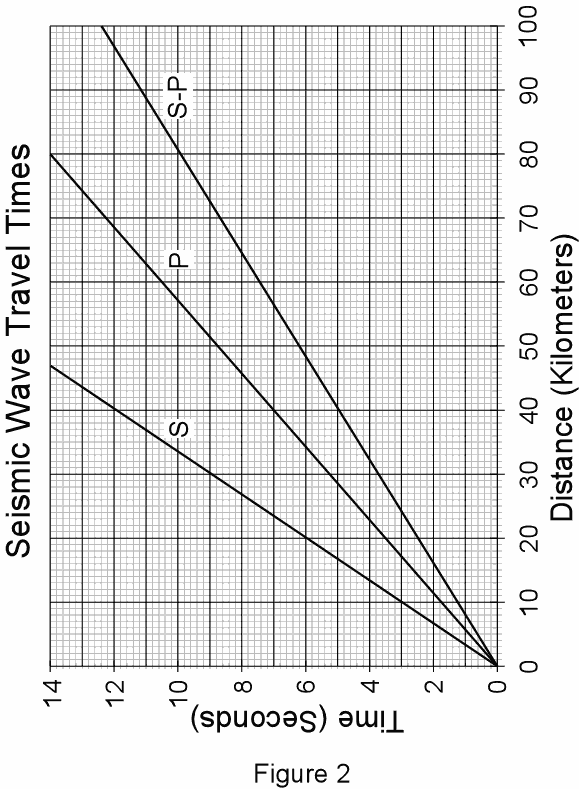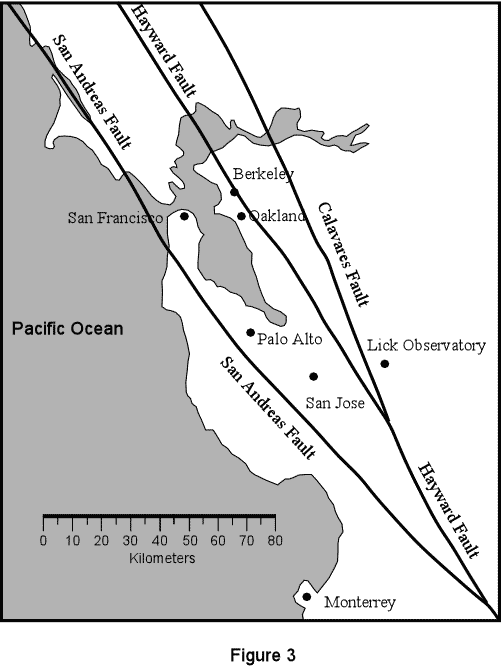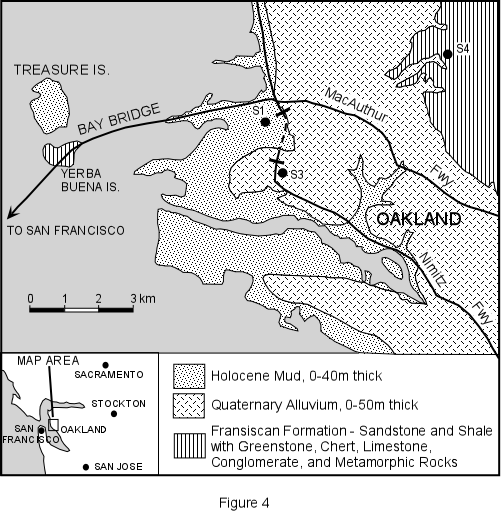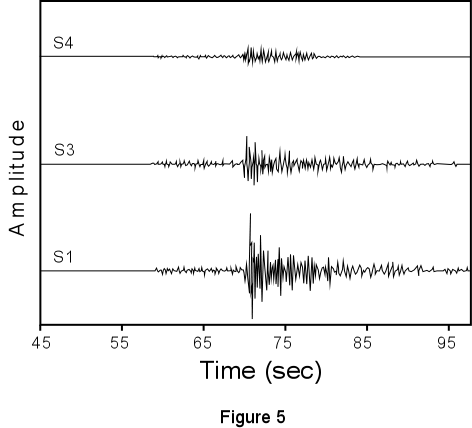- 50 Oxford Ave. (Single Family Wood Frame 2 story house built before 1939 - no extra measures taken during construction for earthquake stability)
- 75 Avon Ave. (Single Family Wood Frame 2 story house built after 1940 with some extra measures taken during construction to make the house more stable during an earthquake).
- 10 Elliott Ct. (Unreinforced Masonry 2 story house)*.
*Note that this exercise is hypothetical. The
actual existence of houses at these addresses is not known with
certainty, nor are the construction characteristics at any of these
houses known. Any resemblance to actual houses or addresses is
purely coincidental and is unintended.
You should use the interactive liquefaction maps and
shaking maps to first determine the susceptibility of each of these homes
to liquefaction and shaking during a worst case scenario earthquake. Proceed as follows:
Go to the web page at http://quake.abag.ca.gov/ and click on Hazards, then Earthquakes. Then scroll down and click on Interactive Liquefaction Susceptibility Map under Liquefaction Susceptibility Map. This will open
a disclaimer window, where you just click "Continue" and then it will open the interactive liquefaction susceptibility map. The map is color coded for Liquefaction Susceptibility. To see what the colors mean, click on "Legend" in the upper left corner. To find the locations and thus the Liquefaction Susceptibility for each house, move the mouse cursor over the blue sphere with the magnifying glass at the top of the map and a drop down menu will appear. Click on Address.. A box then opens into which you can type the street address and zip code (94941) for a particular house. Once you have entered that information, click on "Locate" and the map will show you where the house is located after you close the Address box. You can then zoom in on that address by using the scroll wheel on the mouse and scroll around the map by holding down the mouse button and moving the mouse. Zoom in to see which color zone the house is in, and thus determine the Liquefaction Susceptibility for that house. You can repeat the processes to enter another address. For each of the three properties, determine the Liquefaction Susceptibility and record the information for later use.
Next, go back to the main ABAG Earthquake Hazards page and click on the "Interactive" under "Future Earthquake Shaking Scenarios".
The map that opens works just like the one you just looked at, except the color code now refers to Shaking Severity for a magnitude 7.9 earthquake on the northern part of the San Andreas Fault. You can see what the colors mean by clicking on Legend in the upper left hand corner.
Note that you don't need to print these maps for this exercise.
Answer the following questions -
- For each property, what is the Liquefaction Susceptibility and the
shaking severity for a large earthquake that could affect this area? (3 points)
- From your acquired knowledge of the relationships between shaking
intensity, liquefaction, and the type of geologic material underlying an area,
make an educated guess about the topography and materials that underlie
each of the three properties (3 points).
Before you use the answers to the above questions to decide which
property you will accept from Denyallclaims, you should consider the type
of construction involved in each of the houses. There are several pages on the ABAG site which discsuss this. For example, on the main ABAG Earthquake Hazards web page if you click on What is MMI? on the left side of the page (this will open a poorly designed pop-up menu that does not have a scroll bar, so you my need to resize the text in order to see the whole window).
- Which property would you accept from Denyallclaims based on all of the
information available and your desire to have the safest and least
earthquake susceptible house available, keeping in mind that shaking severity and liquefaction susceptibility are not usually related to each other ((recall that liquefaction may cause damage to the foundation of the home)?
Discuss the reasoning used to obtain your answer. (3
points)
